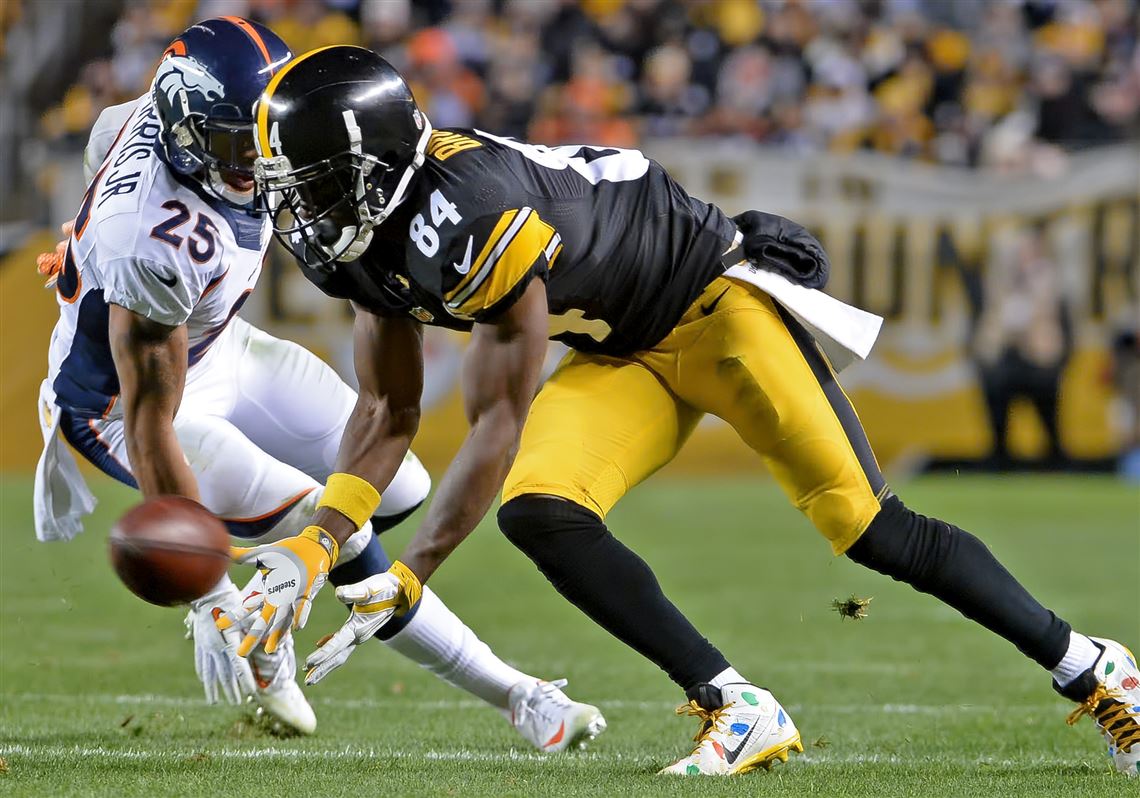“The rule has everyone confused. It’s the hardest thing to distinguish, the catch or no catch. All of these things that have been added on have made it more difficult to officiate.”
--former NFL official.
That’s a quote from a story I did in March on the NFL catch rule. So what did the NFL competition committee do? They complicated an already muddled rule even more Thursday when they added yet another layer to it.
Officials wanted this rule simplified. They explained why their job is so difficult when it comes to the catch rule. Read the entire story again here.
Here is how the rule is written this year, with the new language in bold print.
ARTICLE 3. COMPLETED OR INTERCEPTED PASS. A player who makes a catch may advance the ball. A forward pass is complete (by the offense) or intercepted (by the defense) if a player, who is inbounds:
(a) secures control of the ball in his hands or arms prior to the ball touching the ground; and
(b) touches the ground inbounds with both feet or with any part of his body other than his hands; and
(c) maintains control of the ball after (a) and (b) have been fulfilled, until he has the ball long enough to clearly become a runner. A player has the ball long enough to become a runner when, after his second foot is on the ground, he is capable of avoiding or warding off impending contact of an opponent, tucking the ball away, turning up field, or taking additional steps (see 3-2-7-Item 2).
Of course, every official’s interpretation of when a player is “capable” of avoiding or warding off impending contact will be different.
Get ready for more controversy this year.
***********************************************************************************
I wrote about Antonio Brown’s lack of production when Ben Roethlisberger missed games and some readers suggested it wasn’t fair to Brown. They said any receiver’s production will dip when an elite quarterback is replaced by a backup.
That obviously is true. My point was Brown’s production was too sharp. In six games without Ben Roethlisberger since 2011, Brown averaged 54.5 yards per game. His career average is 82.4 yards per game.
So I researched how some other top receivers fared when their franchise quarterback missed games in recent years.
Aaron Rodgers and Jordy Nelson are one of the other top quarterback-receiver tandems in the NFL. In eight games without Rodgers since 2011, Nelson averaged 74.8 yards per game. Nelson’s career average is 58.1 yards per game.
Nelson had two 100-yard games without Rodgers, including one when he had 162 yards with Matt Flynn as his quarterback that skewed the sample some. But he also had some games when he struggled terribly without Rodgers, one when he had four catches for 14 yards.
Reggie Wayne played the entire 2011 season without Peyton Manning when he had neck surgery. Wayne averaged 60 yards per game that season. His career average was 67.8.
Wayne worked with three quarterbacks that season — Curtis Painter, Dan Orlovsky and Kerry Collins.
The third duo was Larry Fitzgerald and Carson Palmer. Fitzgerald’s production fell off even more than Brown’s when Palmer missed 10 games in the 2014 season. He averaged just 37.7 yards per game without Palmer.
With Palmer healthy for 16 games in 2013 and 2015, Fitzgerald 67.7 yards per game. His career average is 71 yards per game.
After Palmer was injured Drew Stanton and Ryan Lindley started.
Brown also had to play with two backups, Mike Vick and Landry Jones.
First Published: July 8, 2016, 11:48 a.m.


